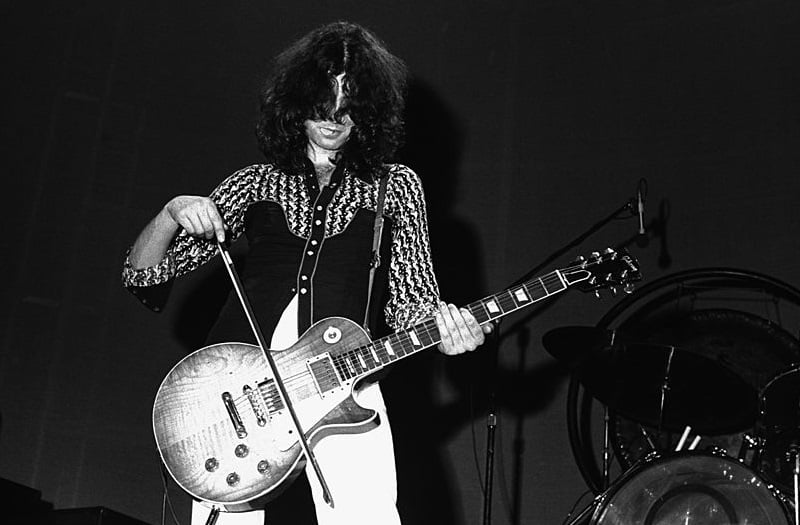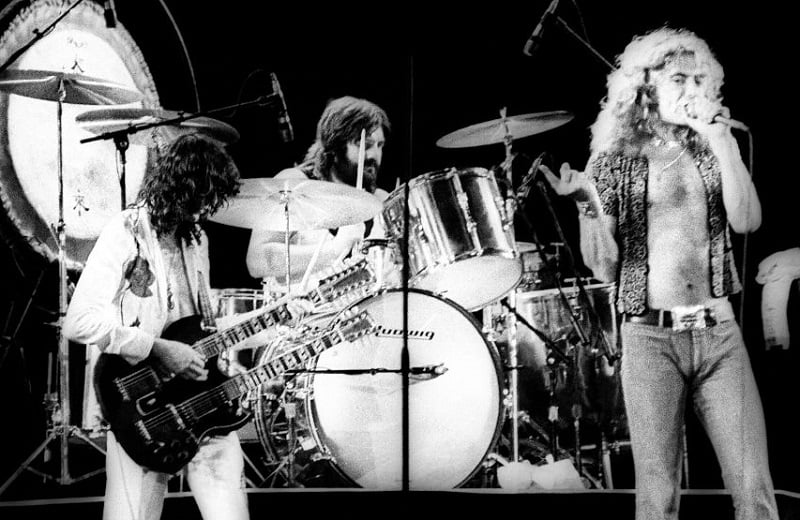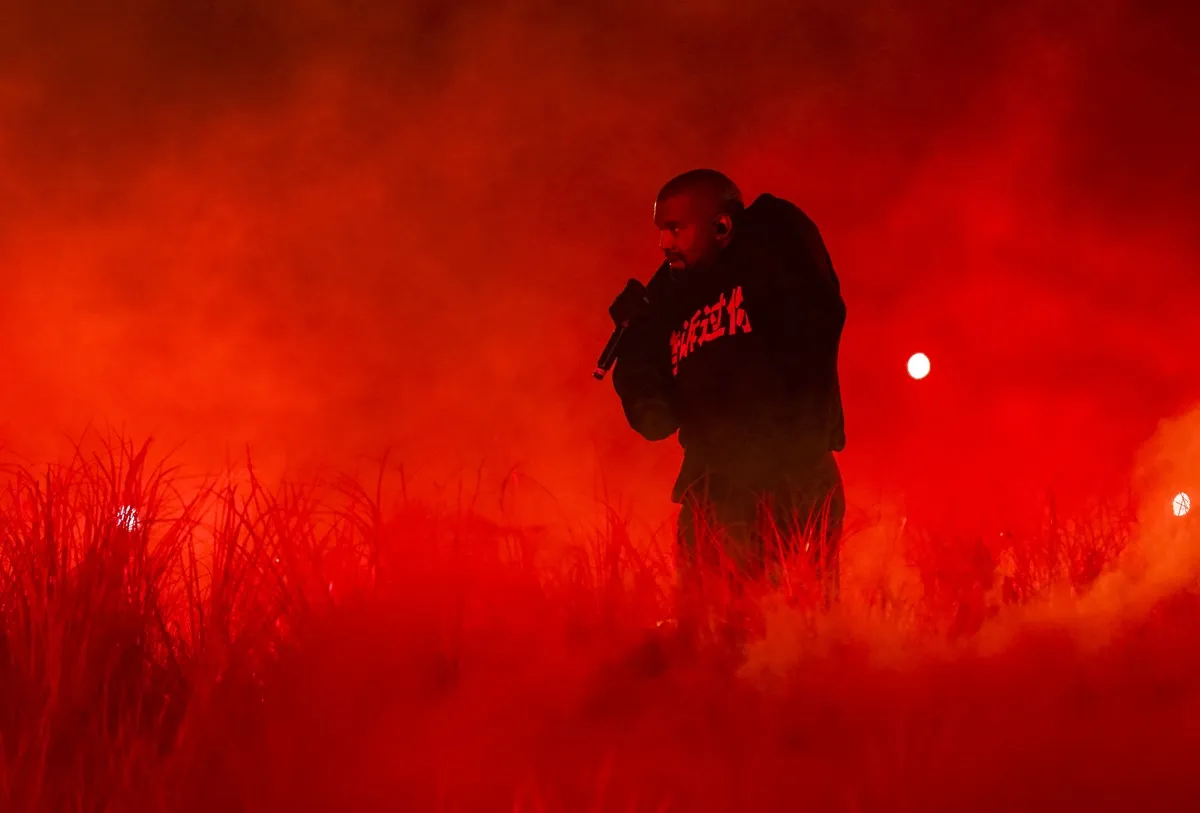What Jimmy Page Thought ‘Physical Graffiti’ Lost in the Transfer From Record to CD
If you only had one word to describe Led Zeppelin’s Physical Graffiti (1975), “overwhelming” might be the way to go. Between “Custard Pie” at the start of Side One and the last moments of “Sick Again” on Side Four, Zep packed 83 minutes of powerhouse music onto its double album.
Along the way, Jimmy Page and Zep dropped some of the band’s masterpieces. In fact, if you look at the closing songs of the album’s first three sides, you find three tracks in the Zep canon.
After “In My Time of Dying” on the first side, listeners got the epic “Kashmir” at the end of the the second side. On the third side, Page closed with one of his best compositions (and overall productions), “Ten Years Gone.”
When Physical Graffiti went onto CD, the release obviously lost the impact of Page’s original sequencing. In a 2015 interview, Page acknowledged that the original four-sided LP was the way Zep’s sixth album was intended to be heard.
Jimmy Page thought the big songs should end with each album side

Speaking with The Guardian on the occasion of Physical Graffiti’s remastering, Page still had a great deal of enthusiasm for the 40-year old release. “A double album was so right for Zeppelin,” he said. He also spoke of how he originally arranged the tracks.
“Each side of vinyl was sequenced to showcase whatever was on there, so it wasn’t square pegs in round holes. Any of the four sides could be your favorite side.” When the interviewer asked if the CD sequencing has “unbalanced the album,” Page agreed it did.
“Absolutely … it wasn’t intended to be like that,” he said. “Those songs – ‘In My Time of Dying,’ ‘Kashmir’ – are supposed to be: That’s it. Nothing follows that. You need time to catch your breath after.”
On the CD version of Physical Graffiti, listeners get an extended rock barrage in the first disc with no break after the crushing “In My Time of Dying.” Even with the respite of “Houses of the Holy” (track four), you indeed feel “Trampled Under Foot” (track five) by the time you reach “Kashmir.”
Page’s finest sequencing may have come on ‘Led Zeppelin IV’

While Page’s track-ordering on the Physical Graffiti LP came off great, the album was by definition a looser release. After all, he included songs from earlier sessions (“The Rover,” “Boogie With Stu“) along with new compositions and recordings (“Kashmir,” “Sick Again”).
Still, Page’s track selection on the first three sides of Physical Graffiti ranks among his best. In terms of flow and overall quality, only Led Zeppelin IV can claim an advantage. Naturally, that’s a tough release for any band to top (even the one that made it).
Starting an album side with “Black Dog” before closing with “Stairway to Heaven” already sets up an impossible task. But when Zep kicked off the second side with “Misty Mountain Hop” before ending with “When the Levee Breaks” they delivered one of the greatest recordings in rock history.
Also see: Why Led Zeppelin Skipped the Acoustic Songs on the Heavy ‘Presence’ Album


